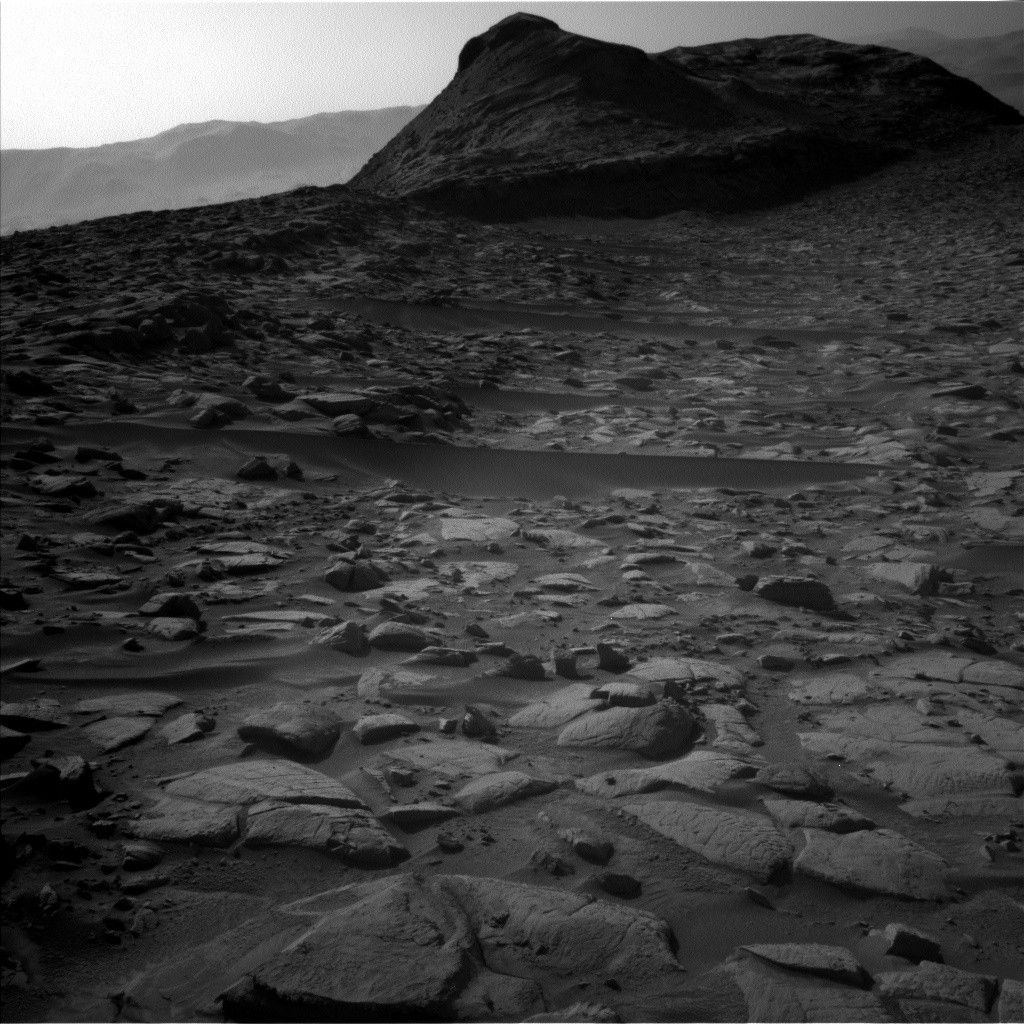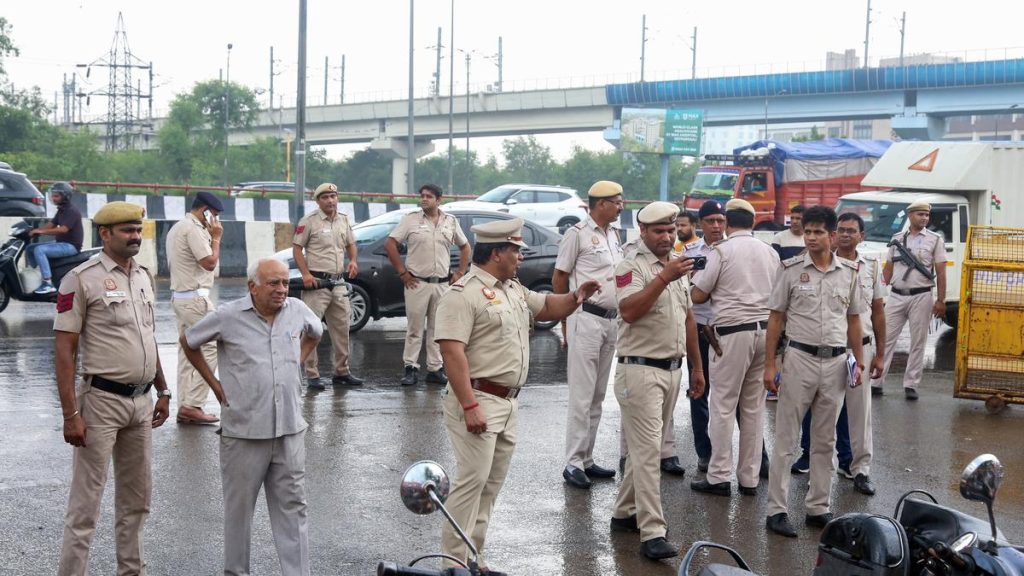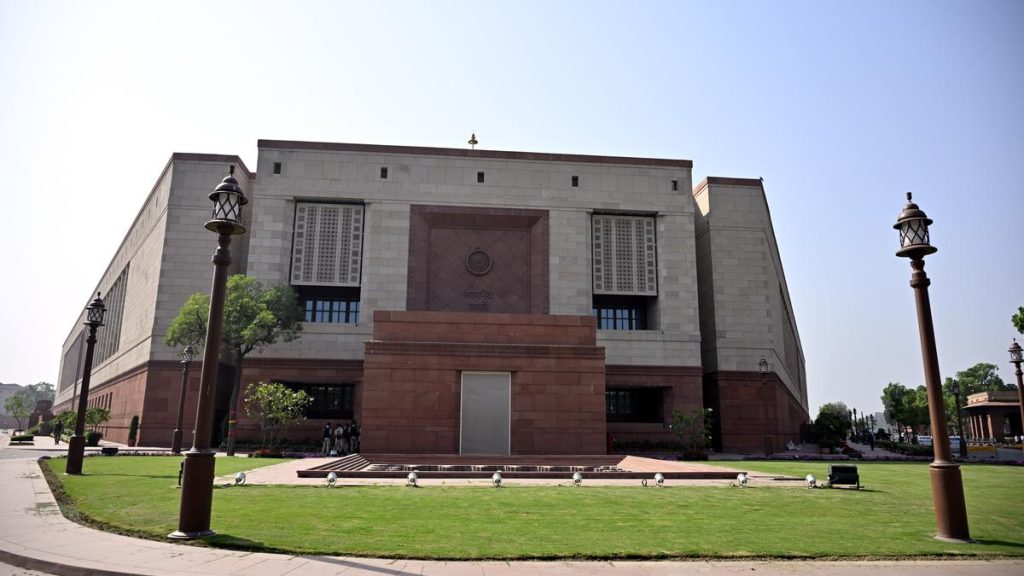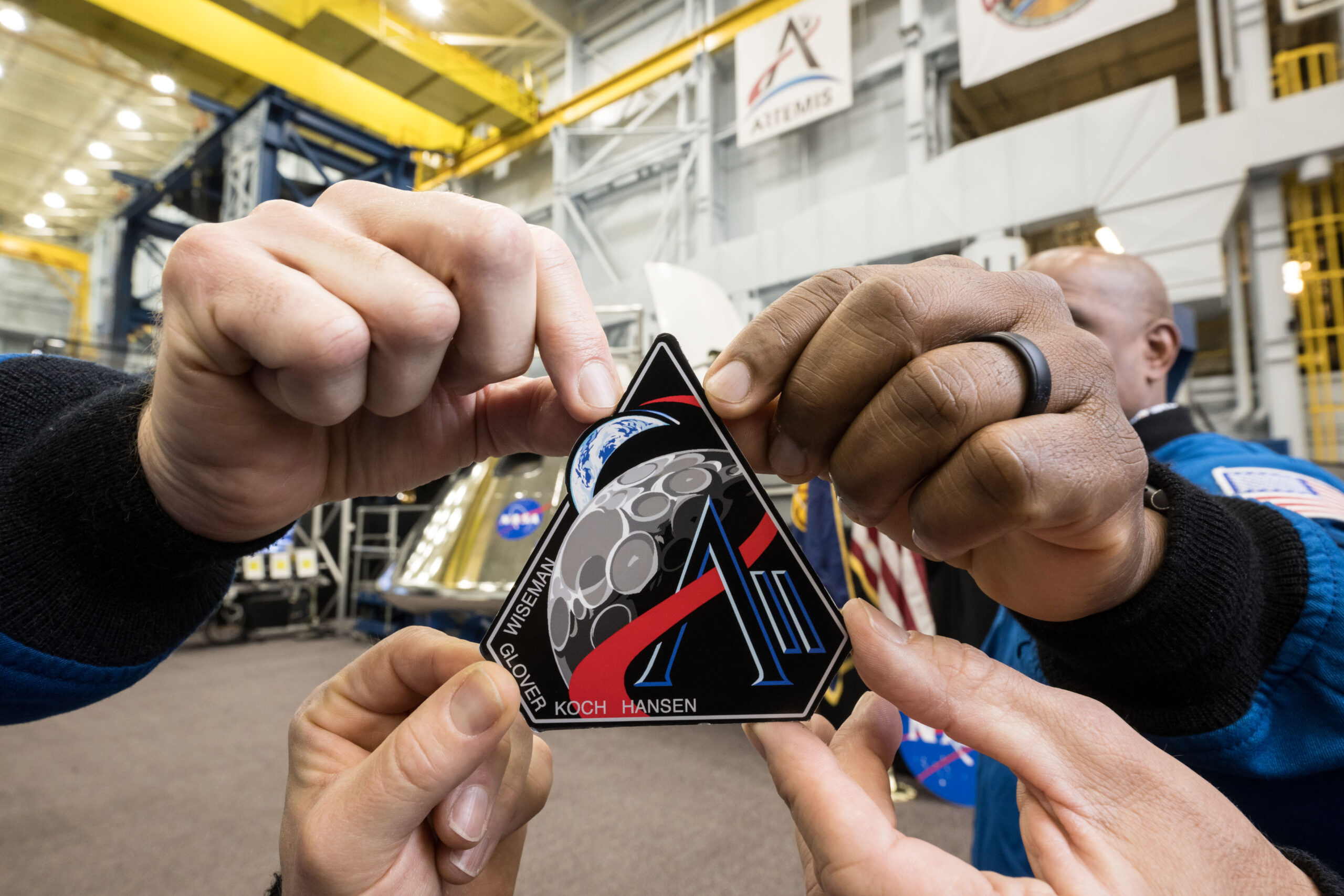Now Reading: Martian Mission: Robotic Arm Springs Back to Action on Sols 4498-4499
-
01
Martian Mission: Robotic Arm Springs Back to Action on Sols 4498-4499
Martian Mission: Robotic Arm Springs Back to Action on Sols 4498-4499

Quick Summary
- The Mars Science Laboratory mission team reported progress on March 31, 2025.
- Curiosity Rover successfully completed a 50-meter weekend drive toward the “boxwork” structures southwest of its previous location.
- Slip Risk Assessment Process (SRAP) confirmed stable ground for Curiosity’s wheels, enabling resumed use of its robotic arm after challenges last week.
- Contact science tasks included APXS and MAHLI observations at bedrock targets “Los Osos” and “black Star Canyon,” with Martian dust cleared before analysis using DRT tools.
- Remote sensing activities included Mastcam surveys of terrain features like Gould Mesa, Devil’s Gate stratigraphy, troughs near the rover, ChemCam LIBS imaging at “Fishbowls,” and RMI mosaics targeting Gould Mesa and “Torote Bowl.”
- Environmental monitoring focused on seasonal changes in Martian dust movement using Navcam movies, REMS data collection, RAD readings, DAN observations for radiation studies, as well as Aphelion Cloud Belt developments via mastcam taus and navcam line-of-sight imaging.
- A cautious 10-meter drive up a ridge was planned due to limited visibility ahead.
Indian Opinion Analysis
India’s growing interest in space exploration often intersects with global missions like NASA’s Mars Science laboratory. While not directly involved in this specific mission update regarding Curiosity rover’s continued progress on analyzing Martian geology or atmospheric phenomena, such advancements hold broader implications for India’s aspirations in planetary exploration under ISRO projects like Mangalyaan or upcoming missions to Venus.Curiosity’s latest success underscores the importance of robotic capabilities in navigating extraterrestrial terrains safely while conducting detailed scientific studies-an approach that could inform future Indian efforts to advance rover technology or deepen partnerships with international agencies for interplanetary cooperation.
This report highlights efficient resource utilization during challenges-a lesson applicable across space research industries globally-including India’s path ahead as it strategizes more aspiring goals like human spaceflight programs or multi-agency lunar endeavors.
























